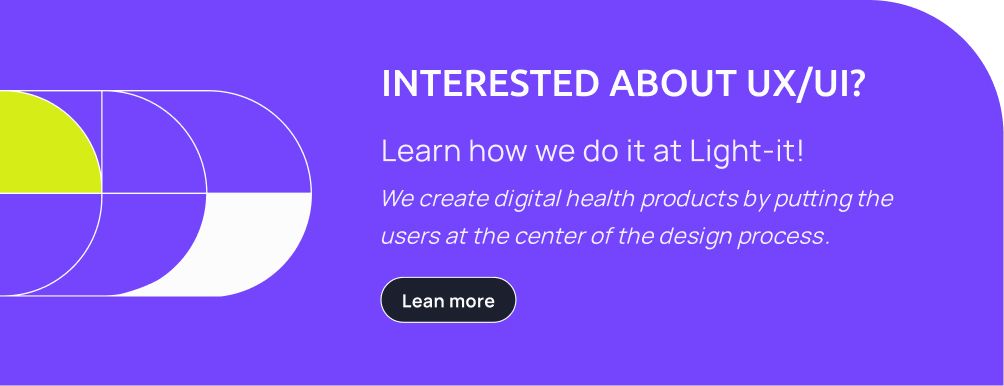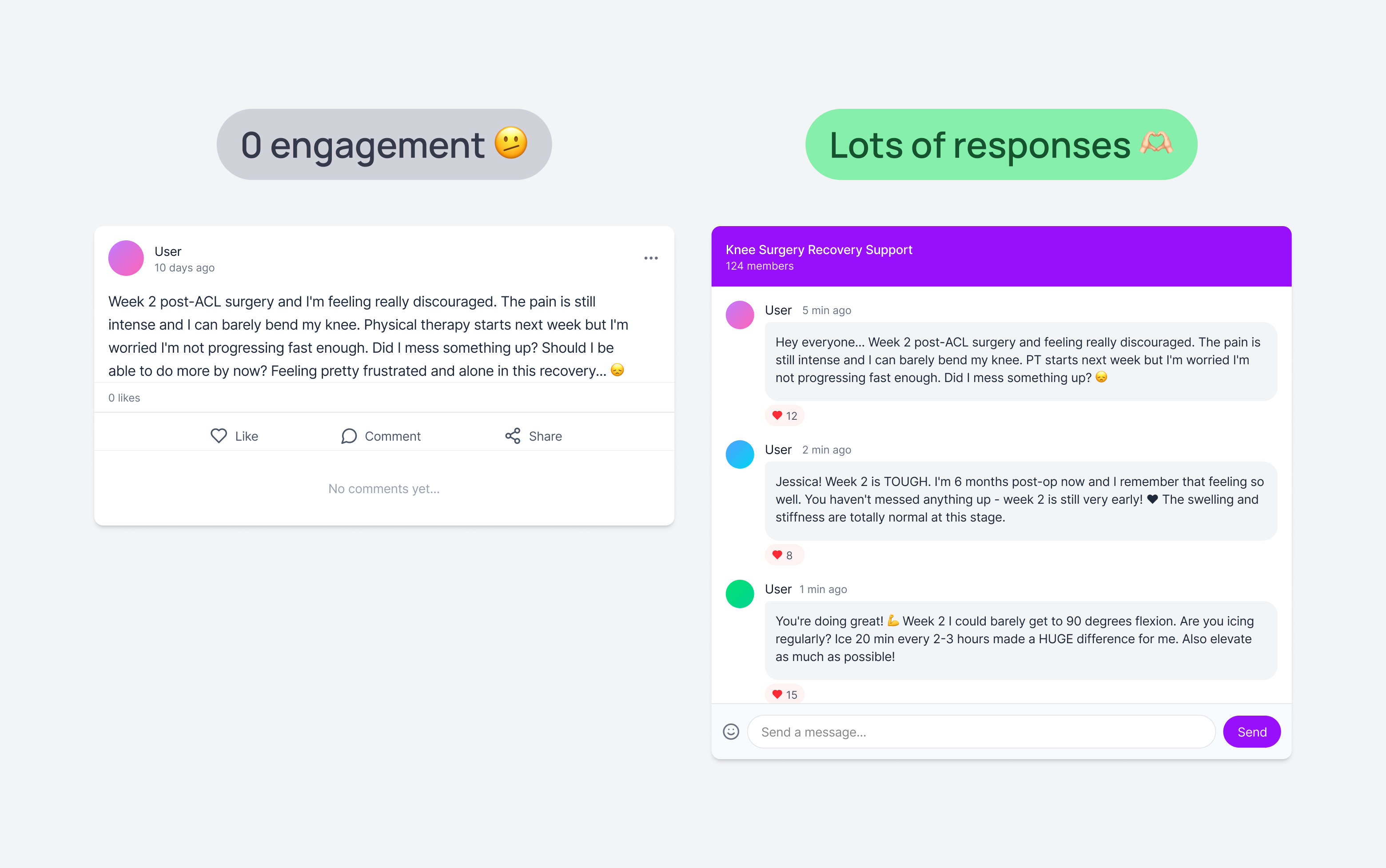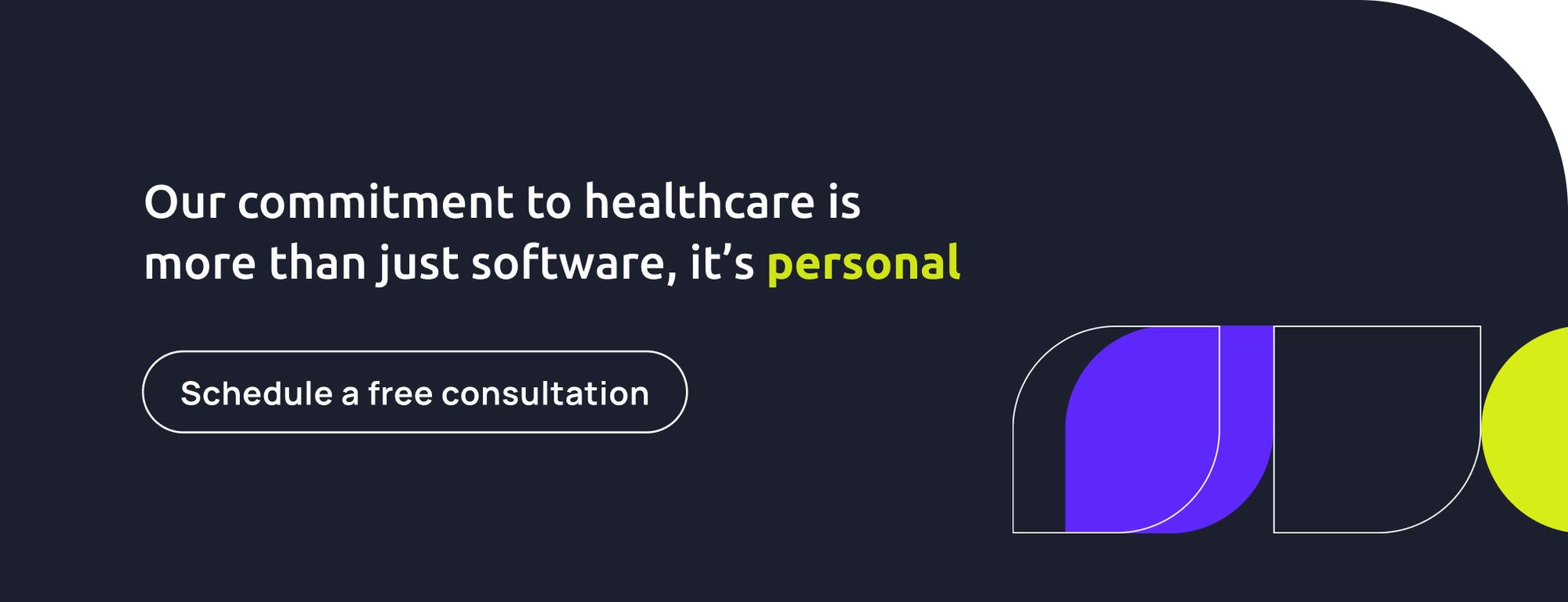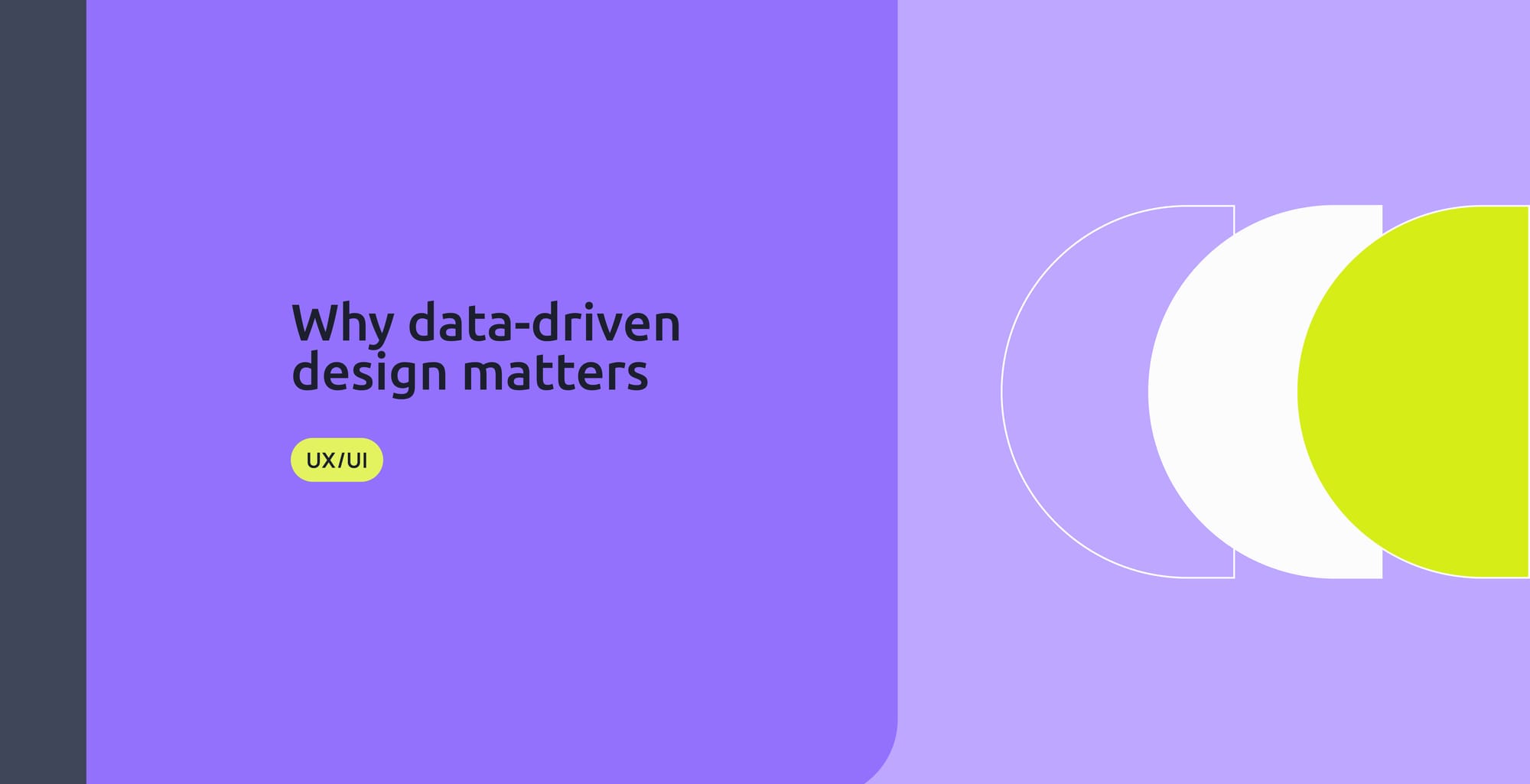Or.. Why your gut is a terrible UX designer.
Every designer has been there, caught between intuition and insight. You've got a feature idea that feels right, but the data tells another story. If you've ever tried to launch a feature based solely on a "hunch" (let's be honest, we all have), you quickly learn that most of the time your initial definition of success doesn't move the needle for the end users.
In digital design, that tension never really disappears. And that's when Data-Driven Design comes into play, helping bridge it. By looking closely at how people actually use what we create, the clicks, the pauses, the feedback, we start making choices that aren't just beautiful, but useful. The best designers know that data doesn't limit creativity; it gives it direction.
Table of Contents
- What is Data Driven Design?
- Why data doesn't kill creativity
- Why data is non-negotiable in healthtech
- From theory to practice: How this applies to your everyday work
- Ending thoughts
What is Data Driven Design?
Data-driven design uses quantitative and qualitative data to make decisions in the digital product development process. Although it seems obvious, or at least what we should have been doing from the beginning, to accept numbers in a traditionally creative area was never easy.
The interesting take? While data is the foundation, the truly great designers know how to let data be their map, not their artistic director.
Why data doesn't kill creativity
Why are organizations like Google, Netflix, and Amazon so obsessed with data? Because it pays. Testimonials suggest that Data Driven Design has been crucial to the success of companies like Airbnb. A Forrester study found that companies achieved a 415% ROI with user testing platforms. In fact, every dollar invested in UX design resulted in a return of $100 or more. And this makes sense, as most customers care just as much about the quality of their experience as about the product or service they are paying for.
When you adopt Data-Driven Design, you move from guesswork to customer-centricity, fundamentally shifting your focus from easily achievable outputs (for example, launching a new button or completing a design sprint) to meaningful, measurable outcomes (like improving user retention or conversion rates).
Data ensures your design efforts lead to tangible user outcomes:
- Improved satisfaction: Data allows you to discover areas for improvement and tailor experiences to user needs. Netflix, for instance, uses data to customize recommendations, maximizing user satisfaction and retention.
- Increased engagement: Continuous monitoring of analytics leads to iterative improvements, resulting in more engaging experiences. Medium uses DDD to recommend articles based on user preferences, boosting engagement.
- Optimized productivity: DDD streamlines the design process by providing clear insights into practical solutions, saving valuable time and resources.
But success isn't just about boosting sales or views; it's about understanding why users do what they do. That's where the dynamic duo comes in: Quantitative metrics (the what, like conversion rates, error rates, and time on task) and Qualitative metrics (the why, like user feedback and usability testing observations). You must pair quantitative metrics with qualitative observations to avoid misinterpreting results, ensuring you understand, for example, why a bounce rate suddenly spiked (is it technical or poor content relevance?).
Why data is non-negotiable in healthtech
At Light-it, we deliver products in the health tech space, and data isn't just a requirement; it's the very foundation of successful, impactful solutions.
While a slow page load time on an e-commerce site is annoying, a slow loading time on a critical medical application could be catastrophic. The healthcare industry is one of the many sectors where data-driven design is essential.
In this field, the goal isn't just "delightful experience"; it's minimizing severe, high-impact errors.
For healthcare services, data provides the essential certainty needed to ensure safety and efficiency:
- Reducing error rates: Tracking how often errors occur (error frequency) and their impact (error severity) is key. High-severity errors lead to frustration and abandonment in general products, but in health tech, the stakes are profoundly higher.
- Ensuring accessibility: Accessibility metrics, such as WCAG compliance metrics, confirm that users with disabilities can use the product effectively. This is crucial for serving a broad patient audience and maintaining ethical and legal standards.
- Measuring task success: Usability metrics, such as Task Success Rate, calculate the percentage of tasks users successfully complete. In health tech, this could mean ensuring a doctor successfully orders a test or a patient accurately enters critical personal information.

Data-driven design ensures that critical health applications are intuitive and efficient, avoiding design flaws that could introduce friction or, worse, error. When designing for health, agility is vital; teams must be prepared to adapt their UX metrics as the audience and product evolve.
So you might be wondering, Data Driven Design should be considered good practice in the design industry, but when we have the head in the game, the real challenge isn't agreeing on why data is important, but figuring out the tangible how: the process that truly embeds data into every decision, not just as a post-mortem validation. We can't simply ignore our experience, but we also can't ignore the users' actual behavior. How do we reconcile these two powerful forces to create a superior product? At its core, Data Driven Design is what we have been dealing with in design all our lives: putting the user (or patient, in our case) at the center of our work, which is why we do what we do.
From theory to practice: How this applies to your everyday work
A clear example we faced with one of our clients was a community section that, despite being designed for users to connect with others going through similar experiences, showed near-zero usage. This single data point was our starting gun.
It compelled us to move beyond the metric, to investigate deeper, talk to users, and understand the why. We quickly discovered the issue: the existing community offered too much exposure and freedom. Members were actually looking for a more private, closed, and moderated space. By pivoting the design from an open forum to structured, private group chats, the feature now functions incredibly well, allowing patients to open up and connect in spaces that extend their engagement far beyond their one-on-one sessions.

Ending thoughts
Ultimately, Data Driven Design is about using data to inform and validate design ideas, rather than replacing the designer's expertise. Over-relying on data can kill innovation, leading to generic solutions. The sweet spot is achieved when designers strike the right balance: using quantitative metrics to identify where a problem exists and qualitative feedback to understand why it's happening.
So, ditch the crystal ball and trust the analytics tool. By focusing on data, especially in critical sectors like healthtech, we stop shipping guesswork and start delivering experiences that truly meet user needs and expectations.


